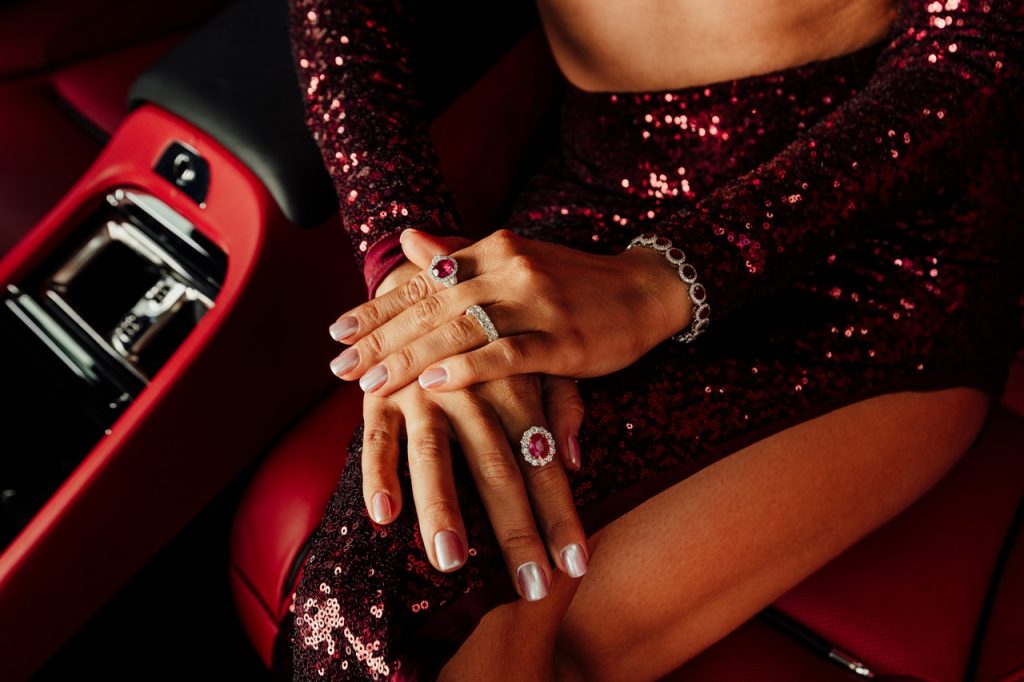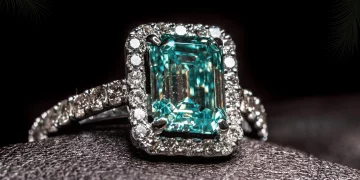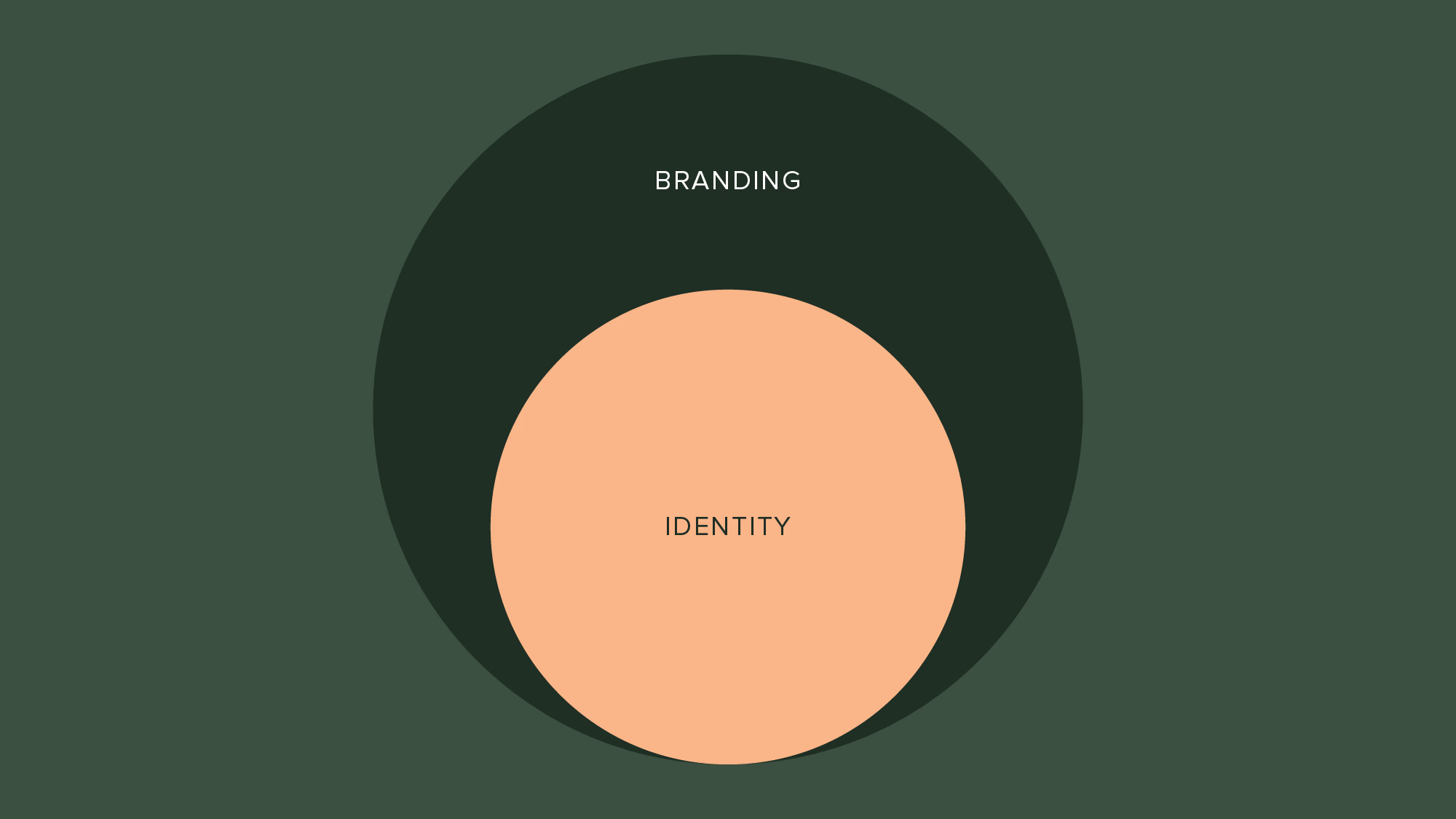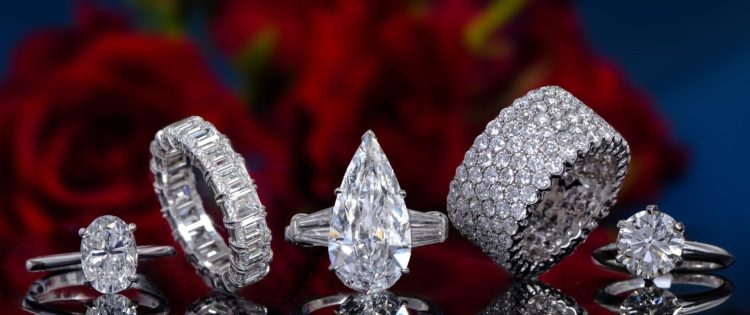The luxury jewelry industry is no stranger to acquisitions and mergers, which have historically reshaped the competitive landscape. As the sector grows and adapts to evolving consumer demands, technological advancements, and global economic trends, major acquisitions and strategic mergers are becoming a key component of how the industry is transforming. These moves signal not just a shift in ownership but often a reshaping of the way luxury jewelry brands operate, market themselves, and engage with their clientele.
In 2025, several high-profile acquisitions and mergers are already poised to change the jewelry industry, driving consolidation, innovation, and reshaping consumer experiences. These moves have the potential to redefine the future of jewelry brands, impacting everything from product development to sustainability, and even consumer engagement.
Let’s take a closer look at some of the most significant recent acquisitions and mergers and how they are influencing the future of the jewelry market.
1. LVMH’s Acquisition of Tiffany & Co.: A Game-Changer for the Luxury Jewelry Sector
In 2020, LVMH Moët Hennessy Louis Vuitton (LVMH), the world’s largest luxury goods conglomerate, completed its $16 billion acquisition of Tiffany & Co.. This deal marked one of the most high-profile mergers in the luxury jewelry market and signaled a shift in how luxury jewelry brands could leverage their legacy while capitalizing on modern consumer preferences.
1.1 The Impact on Market Power and Prestige
Tiffany, a name synonymous with timeless elegance, was already a leader in the jewelry sector, particularly in engagement rings and high-end jewelry. Under the ownership of LVMH, Tiffany gained access to a vast global network of retail and distribution channels, along with the financial backing of one of the world’s most prestigious luxury conglomerates. LVMH’s involvement allows Tiffany to continue expanding its reach, particularly into emerging markets in Asia and the Middle East, where demand for luxury goods is surging.
What does this mean for the market? The acquisition strengthens LVMH’s position as a dominant force in the luxury sector and allows Tiffany to tap into LVMH’s vast portfolio of brands like Louis Vuitton and Christian Dior. This strategic alliance creates a more robust and diversified luxury ecosystem, helping Tiffany stay competitive in a rapidly evolving market. It also sets the stage for future acquisitions and collaborations, which will likely continue to shape the industry for years to come.
1.2 Enhanced Digital and Retail Strategy
One of the most significant outcomes of the LVMH-Tiffany merger is the digitization of Tiffany’s sales and marketing strategies. LVMH has a strong track record in integrating traditional luxury with modern e-commerce solutions. Under LVMH’s guidance, Tiffany has been able to embrace digital transformation, offering online shopping experiences that cater to the new generation of luxury consumers.
This digital shift is crucial in an industry where online sales are rapidly increasing. The marriage of Tiffany’s iconic in-store experience with LVMH’s innovative e-commerce capabilities will allow Tiffany to cater to both traditional luxury buyers and the new, younger demographic that prefers to shop online.
2. Richemont’s Acquisition of Buccellati: Strengthening its Presence in High-End Italian Craftsmanship
In 2020, Richemont, the Swiss luxury goods conglomerate behind brands such as Cartier, Van Cleef & Arpels, and Piaget, acquired an 85% stake in the renowned Italian jewelry brand Buccellati. Known for its intricate goldwork and traditional Italian craftsmanship, Buccellati has long been a symbol of high-end craftsmanship and artisanal excellence.
2.1 Focusing on Craftsmanship and Heritage
Richemont’s move to acquire Buccellati underscores the luxury conglomerate’s commitment to preserving and elevating traditional craftsmanship while expanding its influence in the high-end jewelry market. Buccellati’s artisanal reputation, especially its hand-engraving techniques, is highly coveted in the world of fine jewelry. Richemont’s ownership allows Buccellati to tap into a global network of clients, enhancing its visibility and access to international markets.
What does this mean for the market? Richemont’s strategic acquisition of Buccellati also strengthens its portfolio of high-end jewelry houses, diversifying its offering and reaching different consumer segments. This acquisition allows Richemont to target buyers who appreciate craftsmanship and heritage, as well as those who gravitate toward the more contemporary and innovative designs of its other brands like Cartier and Van Cleef.
2.2 The Future of Luxury Craftsmanship
Richemont’s acquisition of Buccellati emphasizes the growing importance of artisanal authenticity in the luxury jewelry sector. As more consumers demand exclusive, handcrafted pieces that reflect timeless craftsmanship, luxury conglomerates are increasingly investing in brands that embody these values. This trend points to a broader industry move towards preserving traditional methods while embracing innovation in design.
3. Kering’s Investment in New Jewelry Brands: Expanding Beyond Gucci
Kering, the French luxury group behind brands like Gucci, Saint Laurent, and Boucheron, has also made waves in the jewelry sector through strategic acquisitions. In 2022, Kering acquired Qeelin, a Chinese luxury jewelry brand known for its bold, artistic designs blending Eastern and Western cultures. Kering has also invested in Boucheron, strengthening its footprint in high-end jewelry.
3.1 Tapping into the Chinese Market
Kering’s acquisition of Qeelin is part of a broader strategy to tap into the growing demand for luxury jewelry in China, one of the world’s largest luxury markets. Qeelin’s unique cultural blend appeals to Chinese consumers looking for high-end jewelry with personal and cultural significance.
What does this mean for the market? Kering’s focus on emerging markets like China is setting the stage for more localized collections and a broader focus on regional preferences. As Chinese consumers become more affluent and sophisticated in their luxury tastes, brands like Qeelin will help Kering establish a deeper connection with the market while broadening its reach across both Western and Eastern cultures.
3.2 A Shift Toward Artisanal and Contemporary Jewelry Designs
The Qeelin acquisition represents Kering’s desire to diversify beyond classic European jewelry houses and incorporate more artistic, culturally diverse designs. In a market where consumers seek originality and personalization, luxury groups are turning toward brands with unique design languages that reflect different cultural narratives. This shift highlights the growing demand for contemporary and bold designs that reflect individuality, allowing Kering to cater to a wider and more diverse consumer base.

4. The Future of Mergers and Acquisitions in the Jewelry Industry: Consolidation or Diversification?
The recent trend in jewelry mergers and acquisitions points to several broader industry changes, including consolidation, global expansion, and product diversification. As luxury conglomerates acquire smaller brands, they are not just expanding their portfolios but also gaining access to unique craftsmanship, regional expertise, and niche markets that can help them stay ahead of emerging trends.
4.1 Consolidation of Power
In an industry with significant barriers to entry, where brand recognition and heritage play crucial roles, large luxury conglomerates are likely to continue their acquisition strategies to consolidate power. By absorbing iconic jewelry houses, these conglomerates can maintain exclusive control over high-end luxury jewelry markets and ensure that they have a diversified offering to cater to all tastes.
4.2 Greater Focus on Consumer Experience and Innovation
With the growth of digital commerce, the industry will likely see more acquisitions focused on technology-driven innovation. Whether through online platforms, AI-enhanced designs, or virtual fitting rooms, digital transformation is at the forefront of luxury strategy. Expect more mergers and acquisitions aimed at enhancing customer experiences, from improved online shopping platforms to innovative customer engagement methods.
Conclusion: A Transformed Jewelry Market
Recent mergers and acquisitions in the jewelry industry have already begun to change the landscape, enhancing the market’s power dynamics, expanding access to new regions, and introducing new trends and technologies. As major luxury groups like LVMH, Richemont, and Kering continue to acquire and integrate brands, the jewelry market is consolidating into fewer, but more powerful, conglomerates, each striving to capture both traditional buyers and the next generation of luxury consumers.
These strategic moves are shaping a market where heritage, innovation, and localization are key drivers of success. The jewelry industry is evolving at an accelerated pace, and brands that embrace these changes—whether through technological integration, sustainability efforts, or global market expansion—will continue to define the future of luxury jewelry.
In short, the current wave of acquisitions and mergers represents not just a reshaping of ownership but also a redefinition of what luxury jewelry means in today’s fast-evolving global market. The next few years will be critical in determining how these changes impact consumers, designers, and jewelers alike.

















































